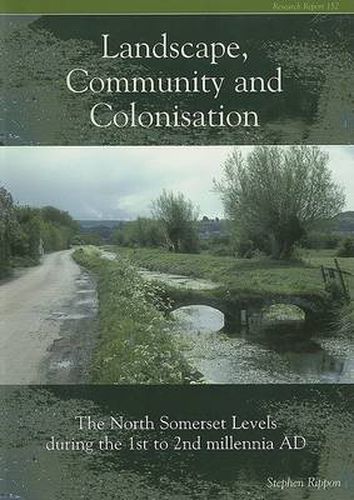Readings Newsletter
Become a Readings Member to make your shopping experience even easier.
Sign in or sign up for free!
You’re not far away from qualifying for FREE standard shipping within Australia
You’ve qualified for FREE standard shipping within Australia
The cart is loading…






Oxbow says: From 1993, the North Somerset Levels Project sought to investigate the origins and development of this area of reclaimed coastal marshland during the first and second millennia AD. The inter-disciplinary approach taken has added archaeological (survey and excavation) data, palaeoenvironmental evidence, studies of documentary sources, architecture, cartography and field- and place-names, to what was already known about the historic landscape. This report, which publishes the findings of the project, examines local and regional changes and variations in the landscape, focusing on two major phases of exploitation, modification and transformation during the Roman and medieval periods. Factors such as agriculture, grazing, salt production, fishing, draining, flood defence, and the establishment of settlements, roads, commons, field systems, as well as cultural factors, are all discussed, as evidence from the local area is placed within a wider regional context. An excellent study which exemplifies all that is new and exciting in landscape study.
$9.00 standard shipping within Australia
FREE standard shipping within Australia for orders over $100.00
Express & International shipping calculated at checkout
Oxbow says: From 1993, the North Somerset Levels Project sought to investigate the origins and development of this area of reclaimed coastal marshland during the first and second millennia AD. The inter-disciplinary approach taken has added archaeological (survey and excavation) data, palaeoenvironmental evidence, studies of documentary sources, architecture, cartography and field- and place-names, to what was already known about the historic landscape. This report, which publishes the findings of the project, examines local and regional changes and variations in the landscape, focusing on two major phases of exploitation, modification and transformation during the Roman and medieval periods. Factors such as agriculture, grazing, salt production, fishing, draining, flood defence, and the establishment of settlements, roads, commons, field systems, as well as cultural factors, are all discussed, as evidence from the local area is placed within a wider regional context. An excellent study which exemplifies all that is new and exciting in landscape study.